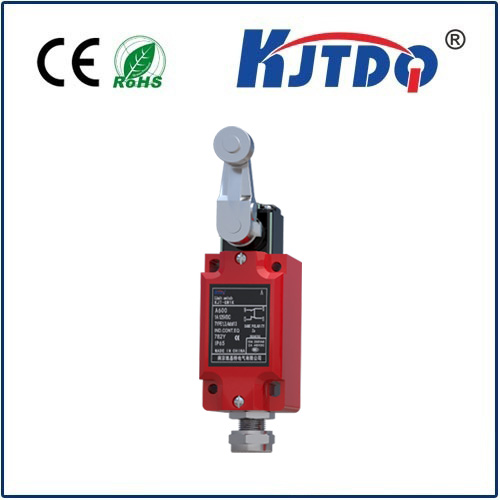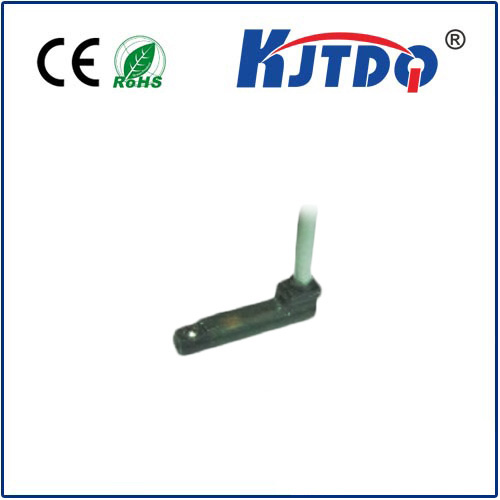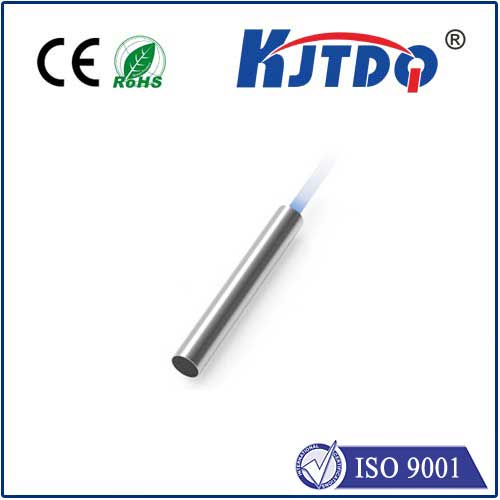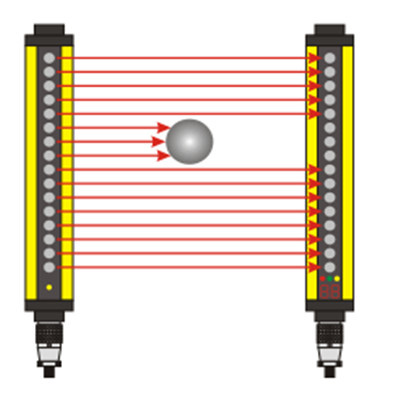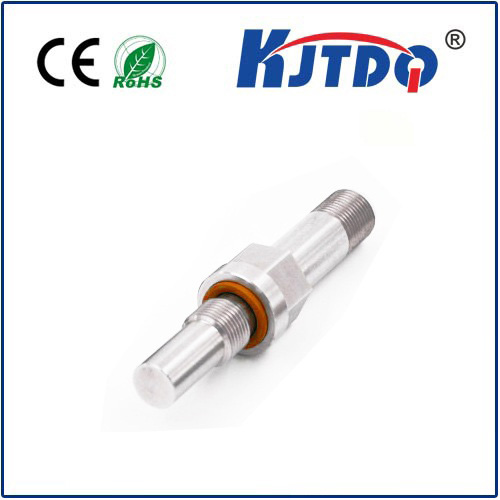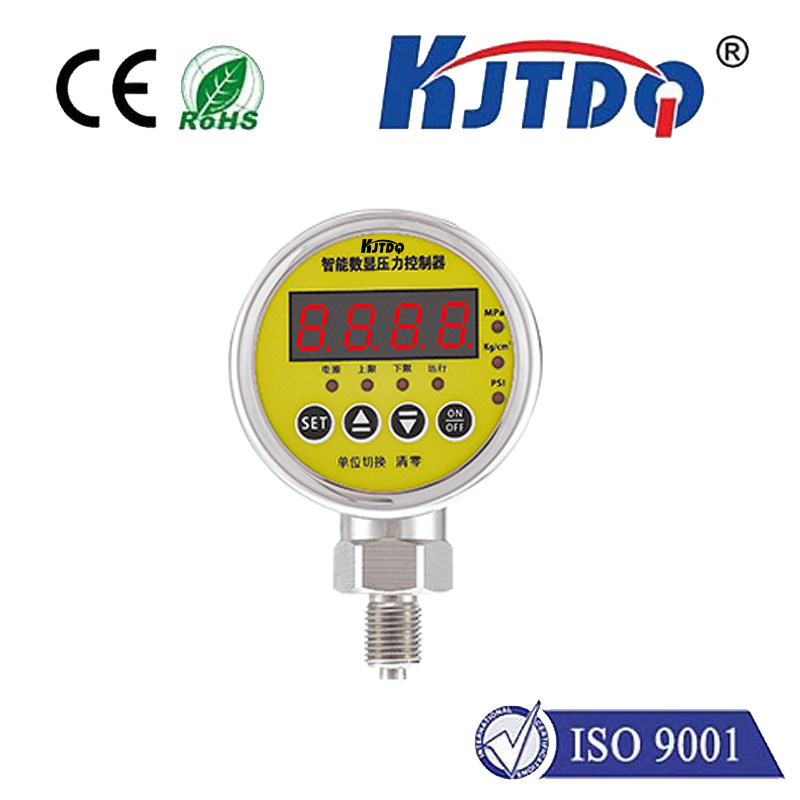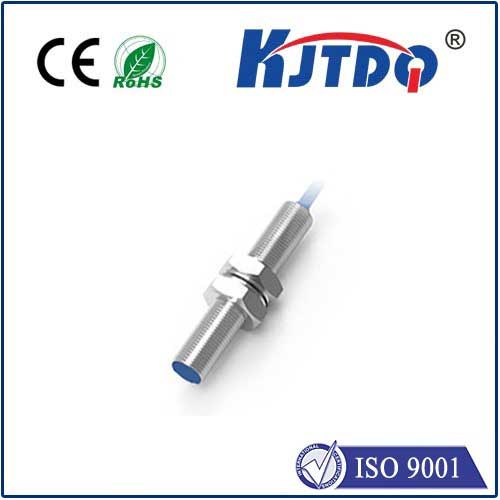

check

check

check

check

check

check

check

check

check

check
Understanding Roller Limit Switches: A Fundamental Guide
Roller limit switches are crucial components in industrial automation systems, playing a vital role in the control and monitoring of machinery. These switches operate on the principle of detecting physical positions and converting them into electrical signals to control various mechanical operations. In this article, we will delve deeper into understanding roller limit switches, their types, working principles, applications, and advantages.
What is a Roller Limit Switch?
A roller limit switch is a type of position sensor that uses a rolling wheel to detect the position or presence of an object. It consists of a roller arm that moves with the object being monitored. As the object moves, it pushes the roller arm, which then activates or deactivates the switch mechanism, generating an electrical signal. This signal can be used to control the machine's operation, such as starting, stopping, or reversing its movement.
Types of Roller Limit Switches
There are mainly two types of roller limit switches based on their activation method:
1. Spring-Loaded Roller Limit Switches: These switches use a spring to return the roller arm to its original position when the object moves away from the switch. They are ideal for applications requiring precise positioning and quick response times.
2. Plunger-Type Roller Limit Switches: In these switches, a plunger extends outward from the switch body to press against the object being monitored. When the object moves, it pushes the plunger back into the switch body, activating the electrical contact. Plunger-type switches are suitable for applications where space is limited or where there is a requirement for adjustable sensitivity.
Working Principle of Roller Limit Switches

The basic working principle of roller limit switches involves three main components: an actuator (roller arm or plunger), a switch mechanism, and an electrical output. The sequence of events in the operation of a roller limit switch typically follows these steps:
1. An object comes in contact with the roller arm or plunger of the switch.
2. The roller arm or plunger moves due to the force exerted by the object.
3. This movement triggers the switch mechanism inside the switch body.
4. The switch mechanism closes or opens an electrical circuit, generating an electrical signal.
5. The generated signal is then transmitted to a control system, which processes it and initiates the desired action in the machinery.
Applications of Roller Limit Switches
Roller limit switches have numerous applications across various industries due to their versatility and reliability. Some common applications include:
1. Machinery Control: Roller limit switches are widely used in manufacturing equipment like conveyor belts, packaging machines, and assembly lines to monitor object movement and control machine operations.
2. Crane Systems: In cranes and hoists, roller limit switches help in preventing overtravel by detecting the extreme limits of motion and sending signals to stop the motor before any damage occurs.
3. Security Systems: Roller limit switches can be employed in security gates, barriers, and doors to detect unauthorized access or tampering attempts.
4. Automation Systems: In automated systems, roller limit switches play a critical role in maintaining synchronization between different parts of the system by providing accurate position feedback.
Advantages of Roller Limit Switches
Some key benefits of using roller limit switches in industrial applications include:
1. Precise Positioning: Roller limit switches offer high accuracy in detecting object positions due to their direct mechanical contact with the object being monitored.
2. Reliable Operation: These switches are less prone to false readings compared to other types of proximity sensors since they rely on physical contact rather than electromagnetic fields or sound waves.
3. Adjustable Sensitivity: Plunger-type roller limit switches allow for adjustable sensitivity, making them adaptable to various applications and environments.
4. Longevity: Roller limit switches are generally robust and durable, capable of withstanding harsh industrial conditions and extended periods of usage without frequent maintenance requirements.
In conclusion, roller limit switches serve as essential tools in modern industrial automation, enabling precise position detection and control over machinery operations. Their simple yet effective design, combined with their reliability and adjustability, makes them a valuable asset across various sectors. By understanding their working principles and applications, engineers and technicians can leverage roller limit switches to enhance productivity, safety, and efficiency in their respective fields.
